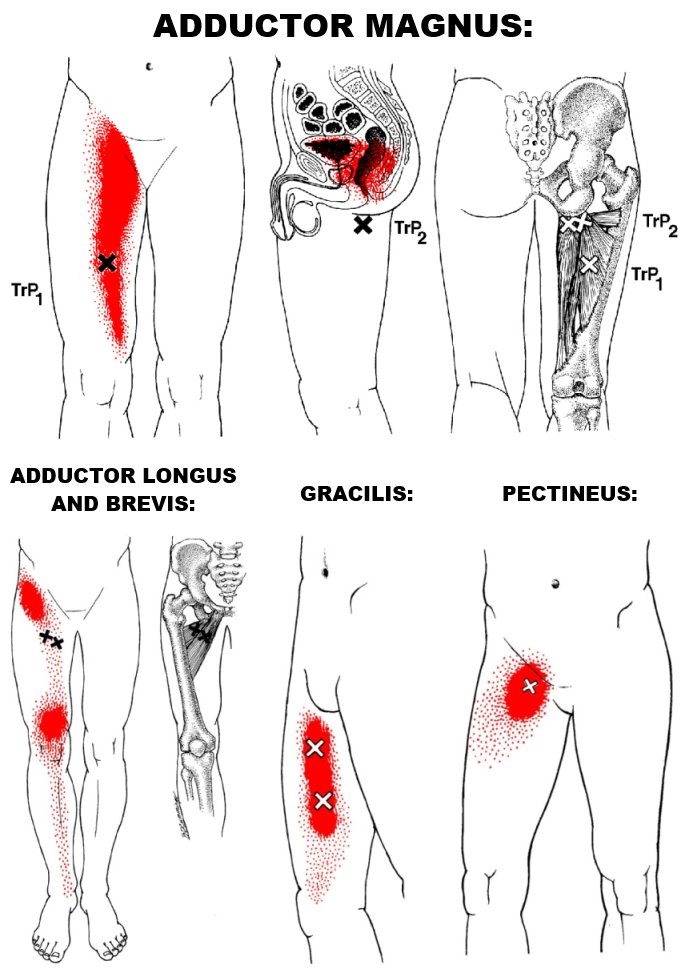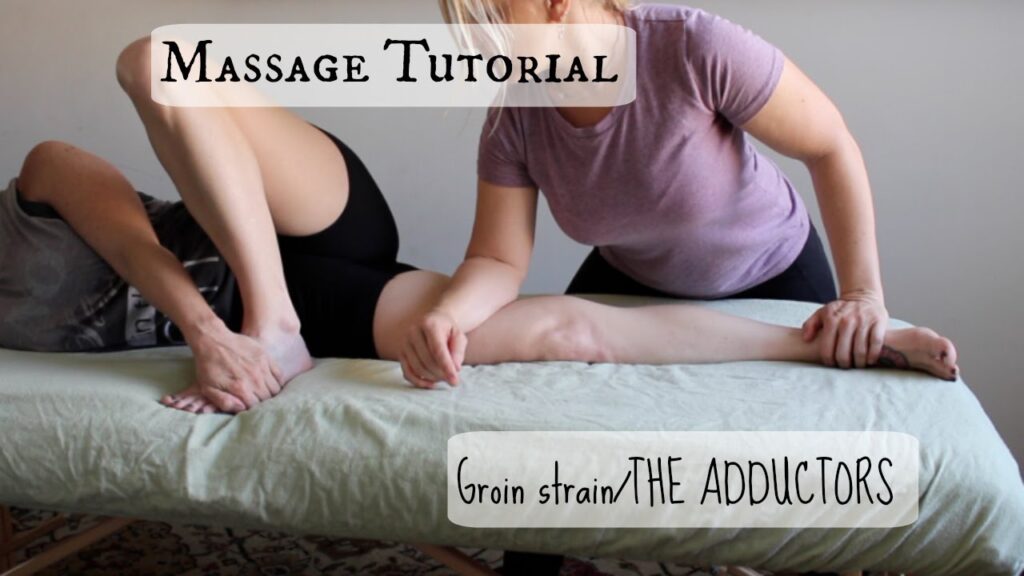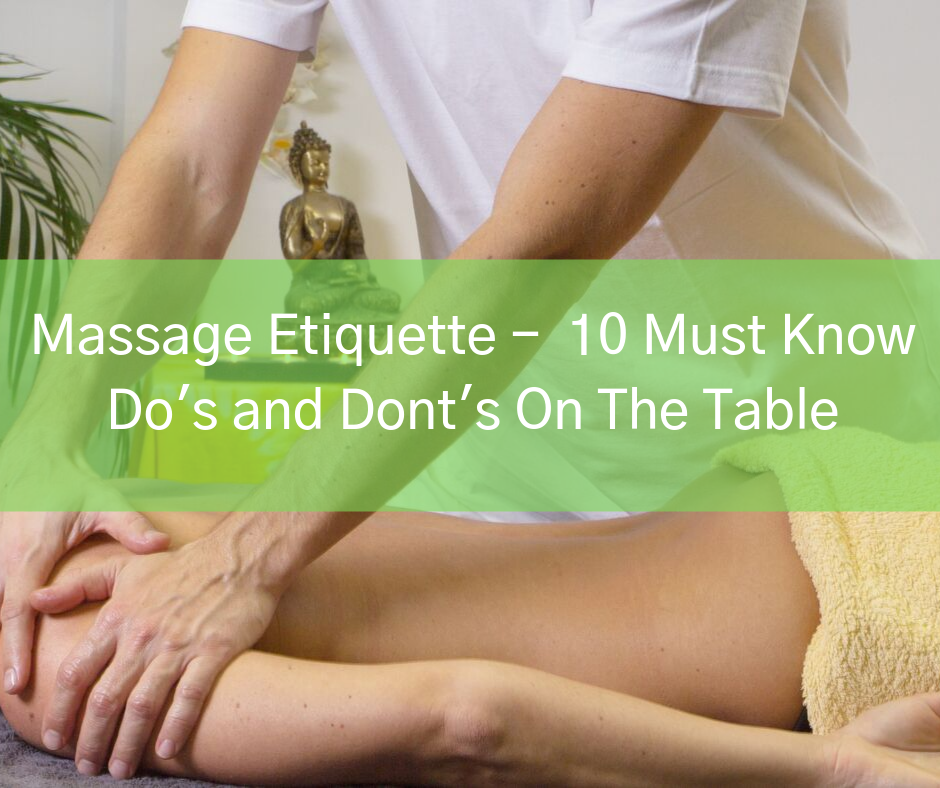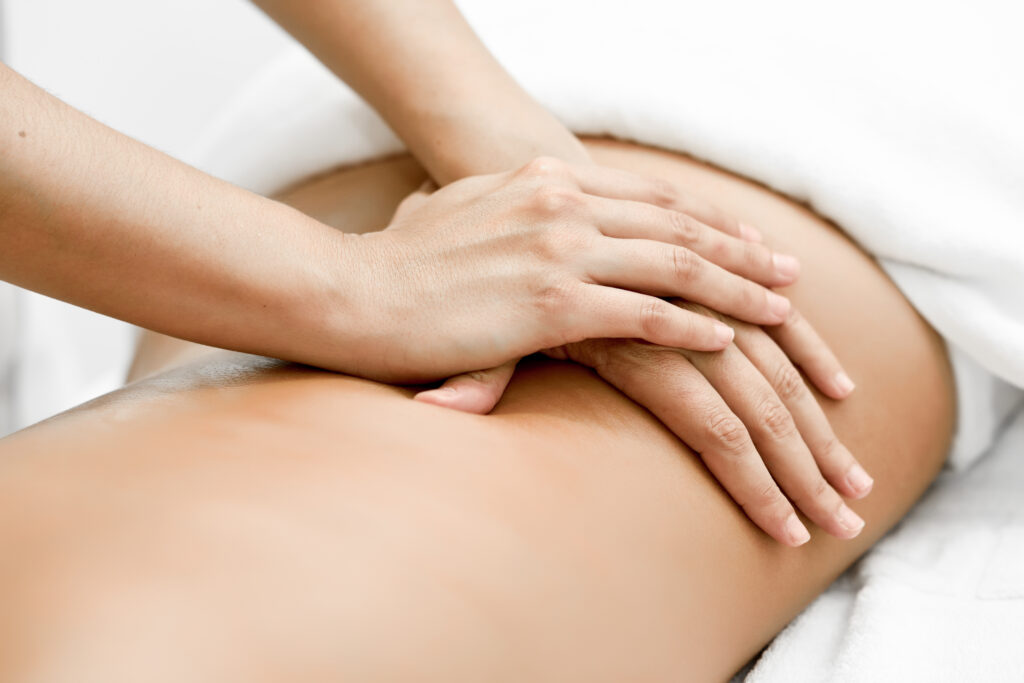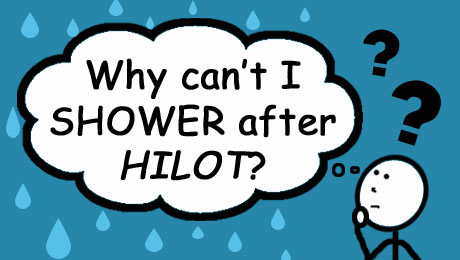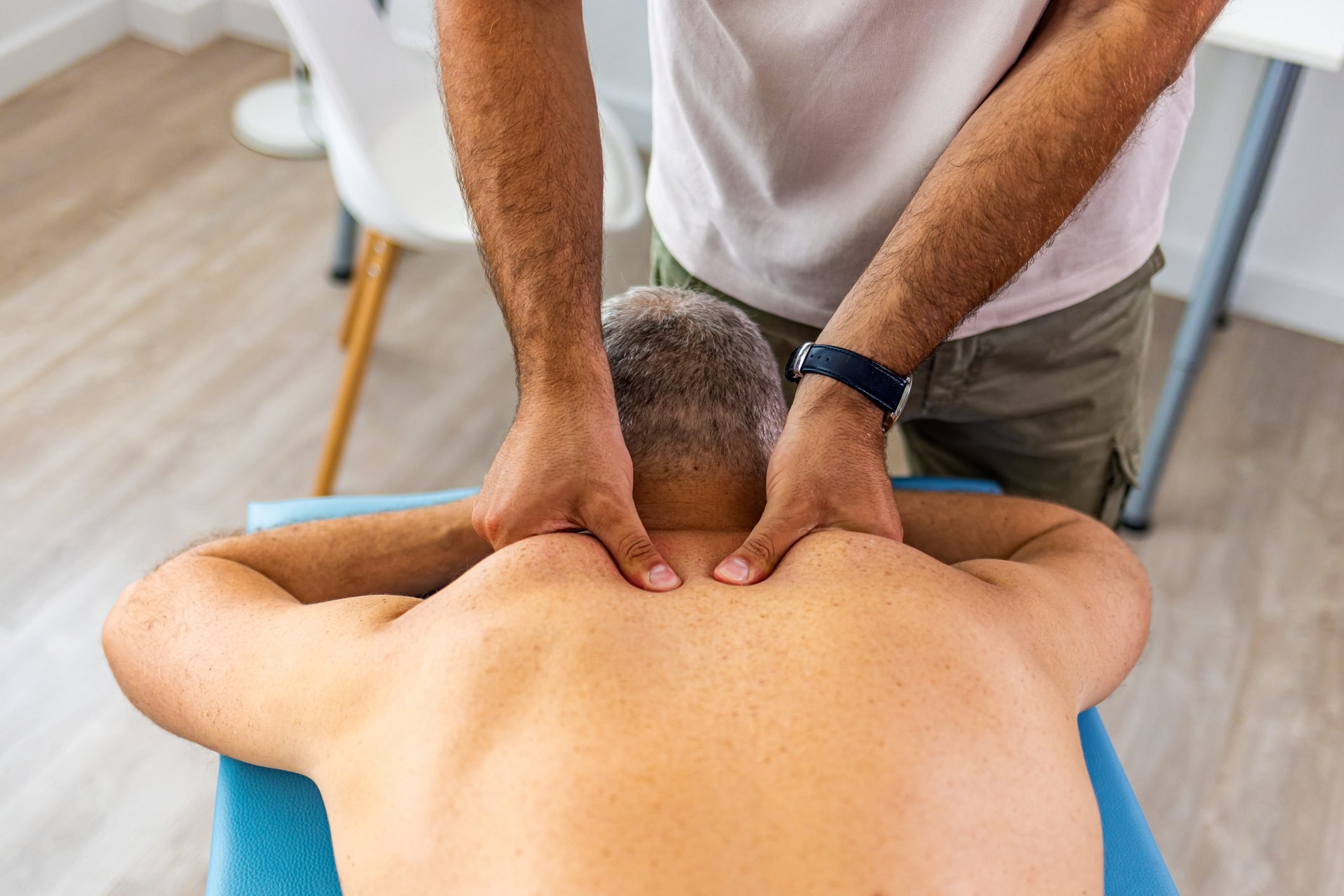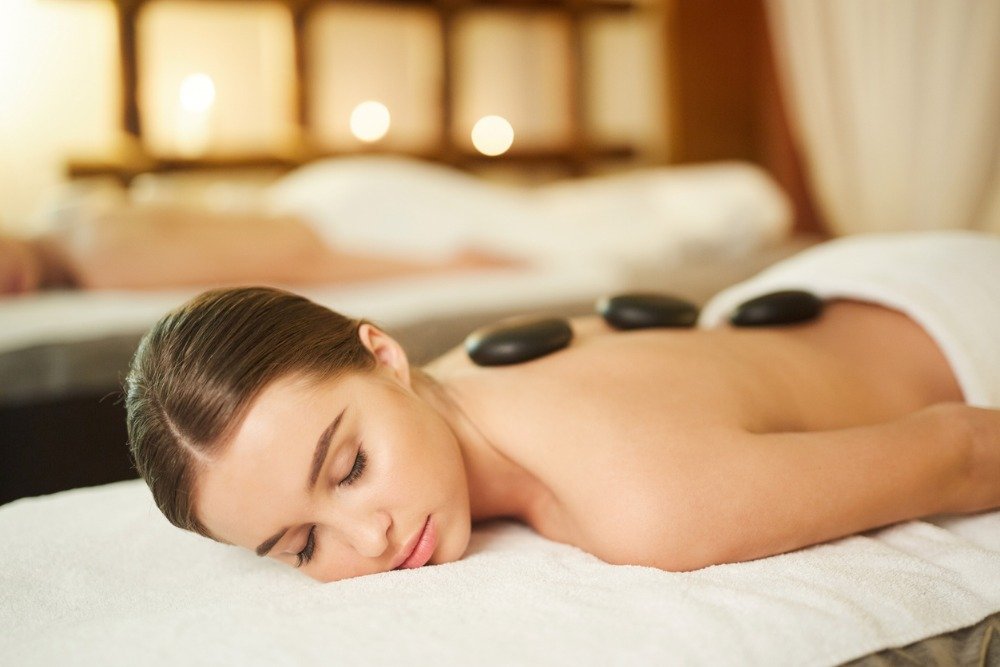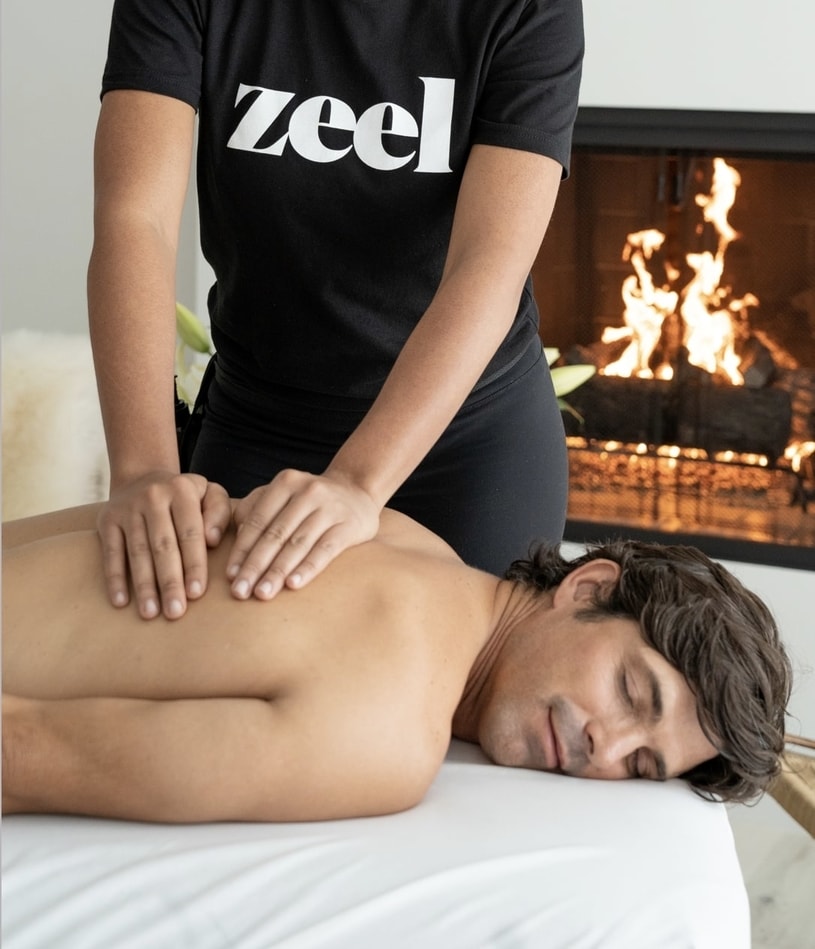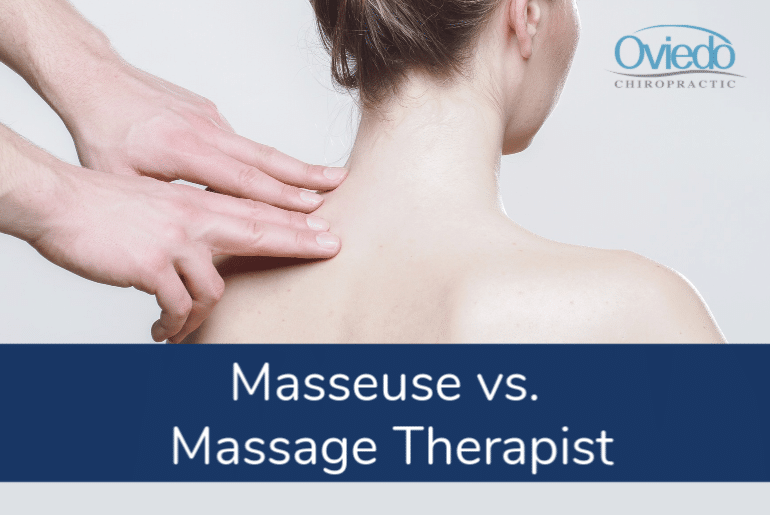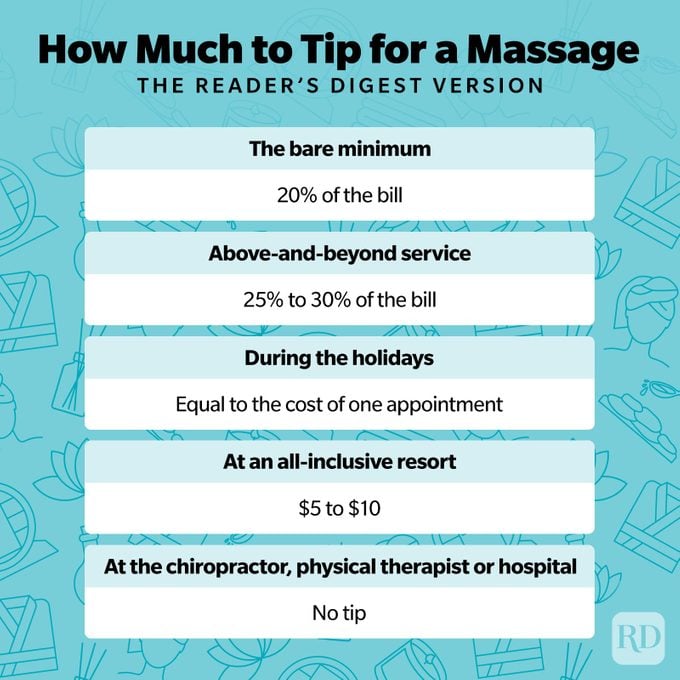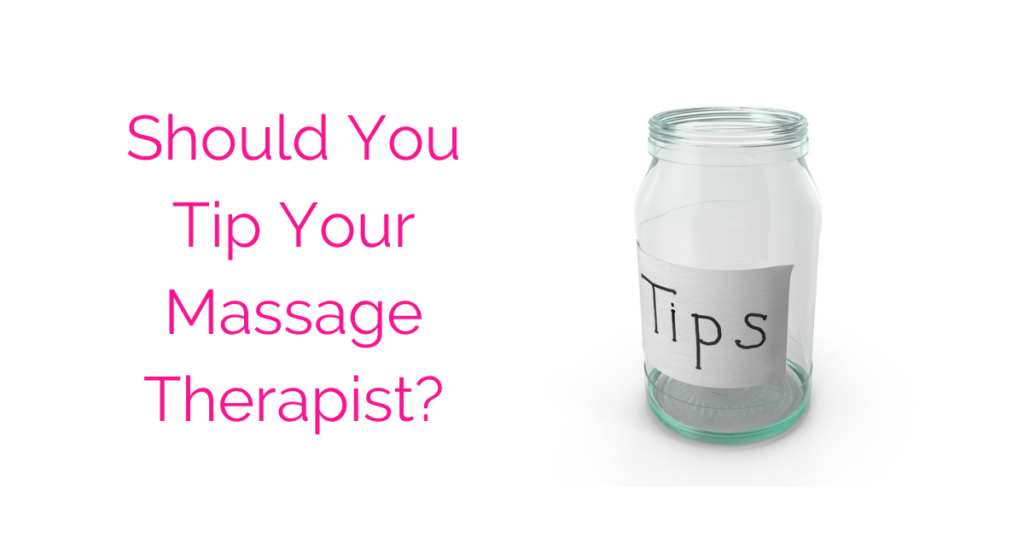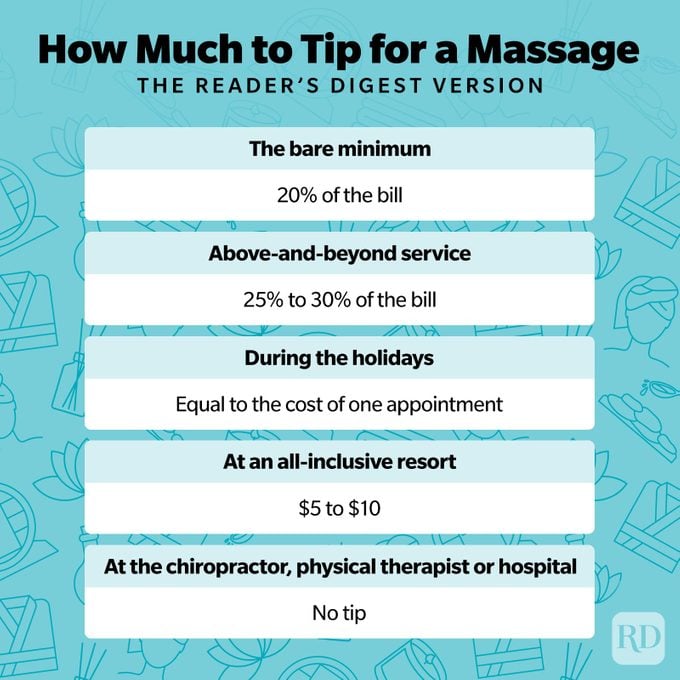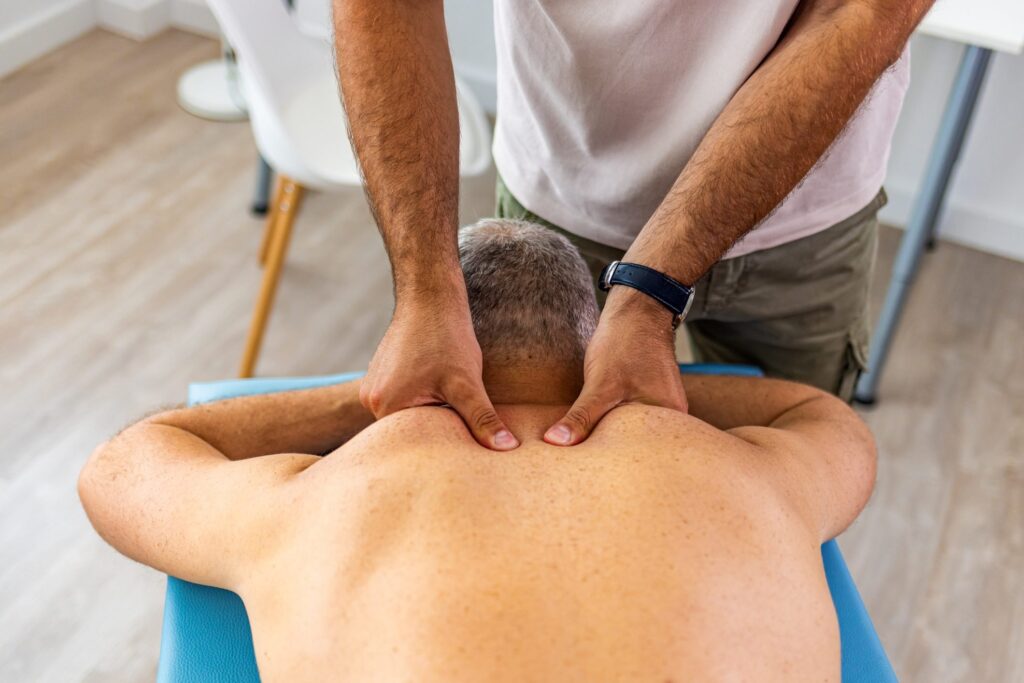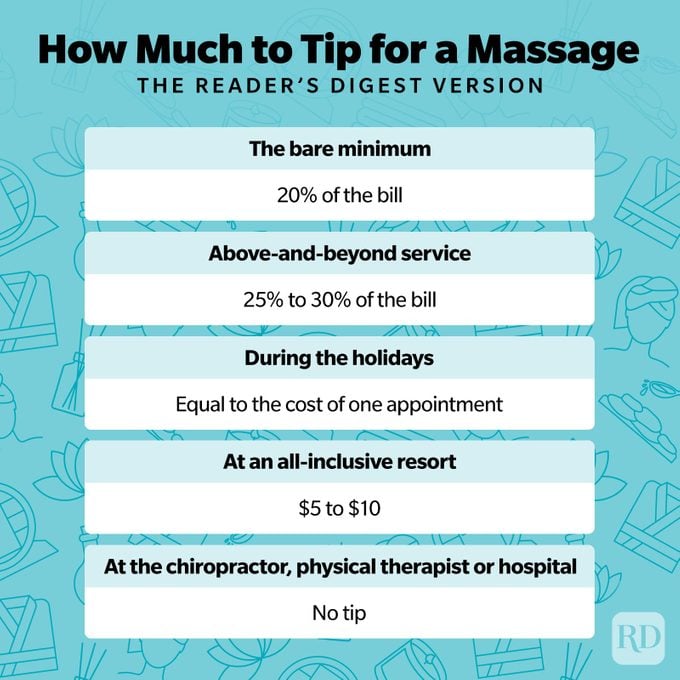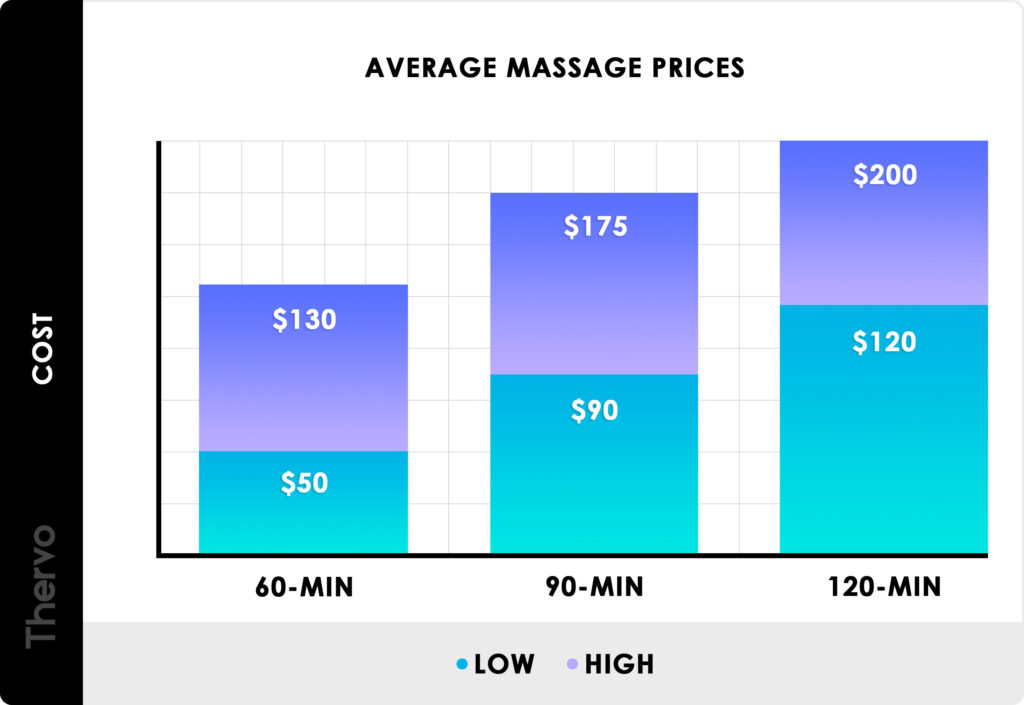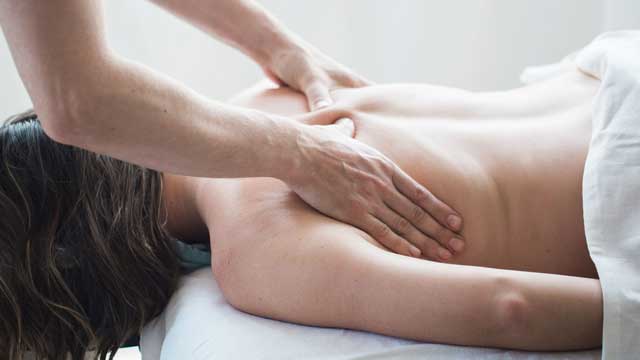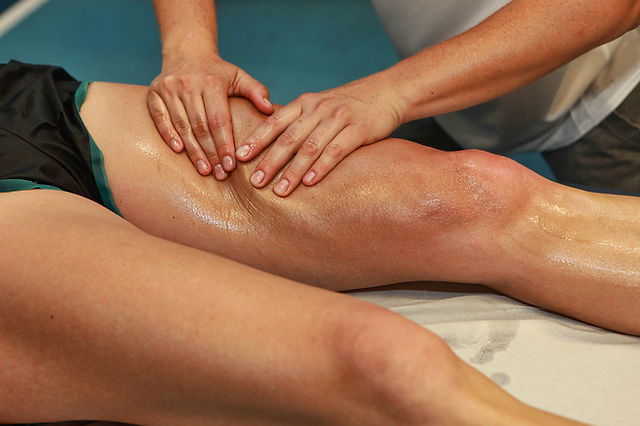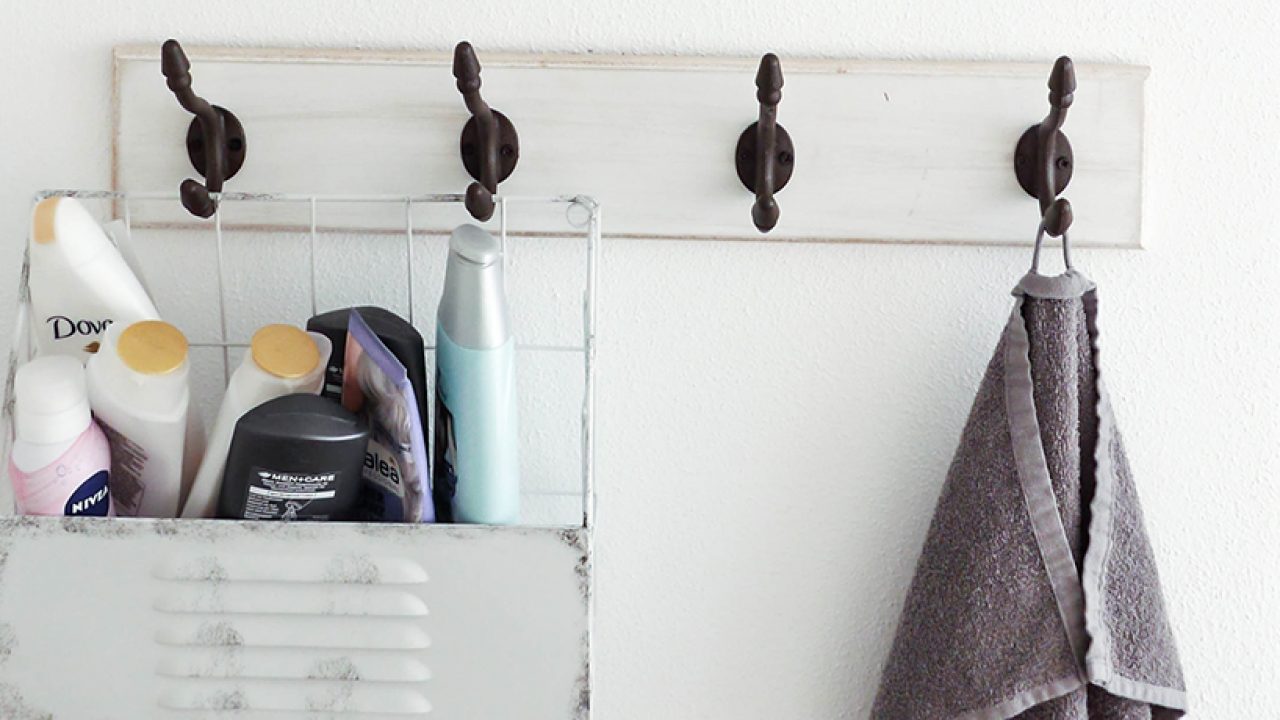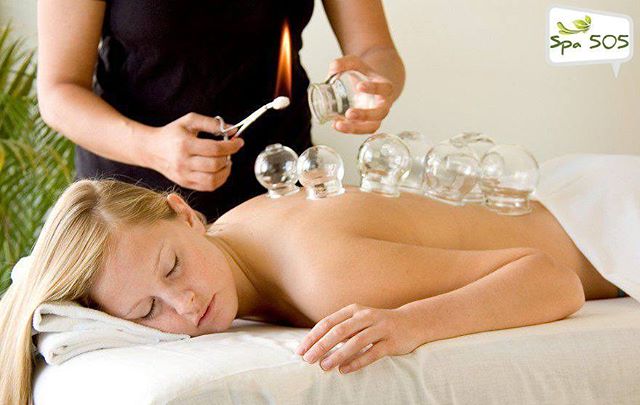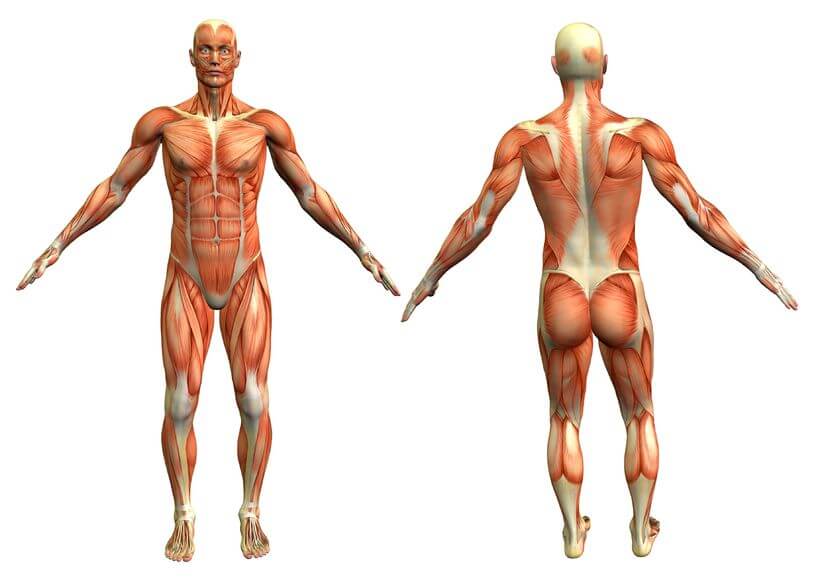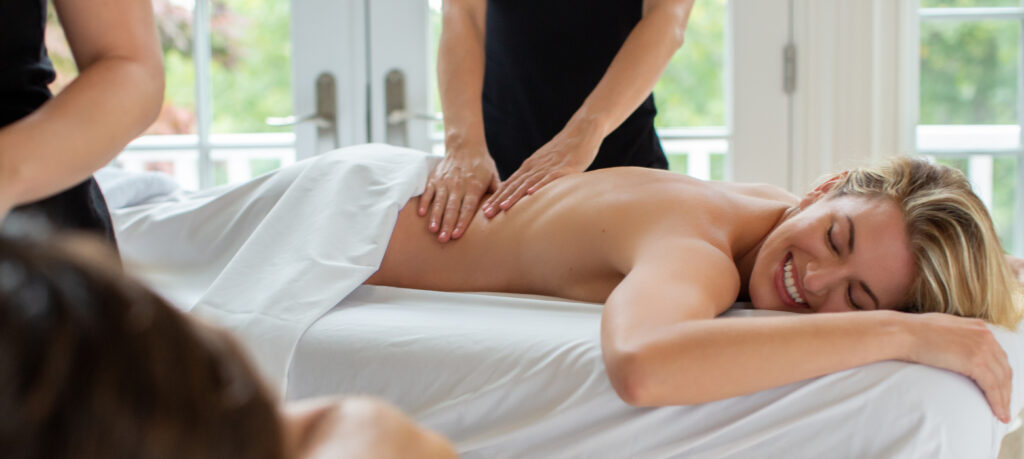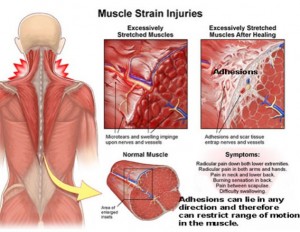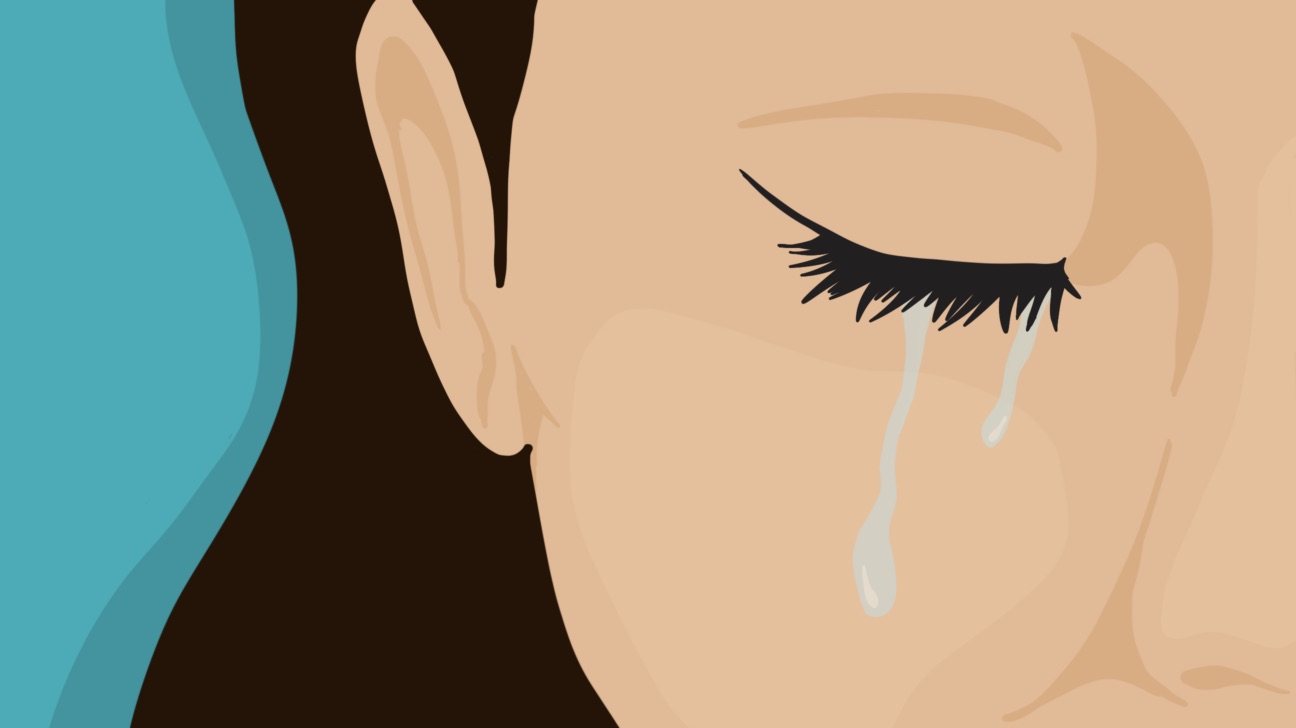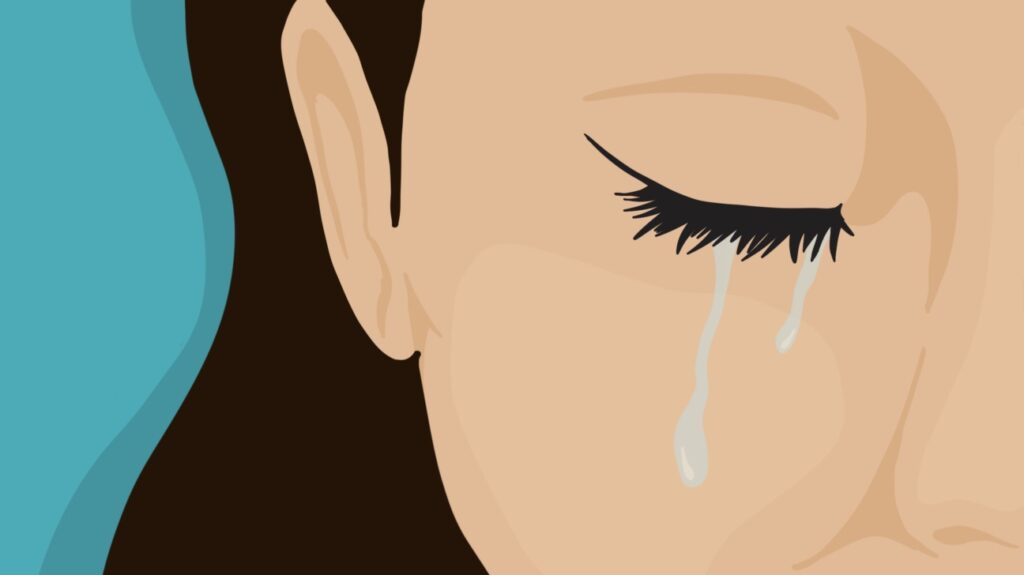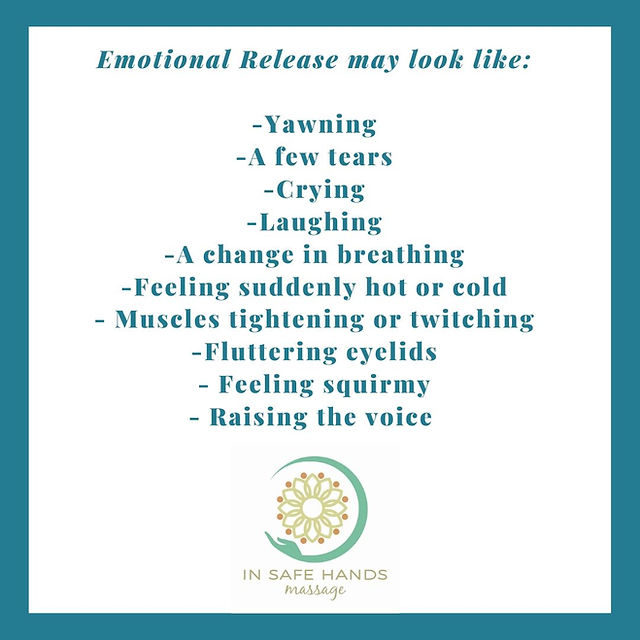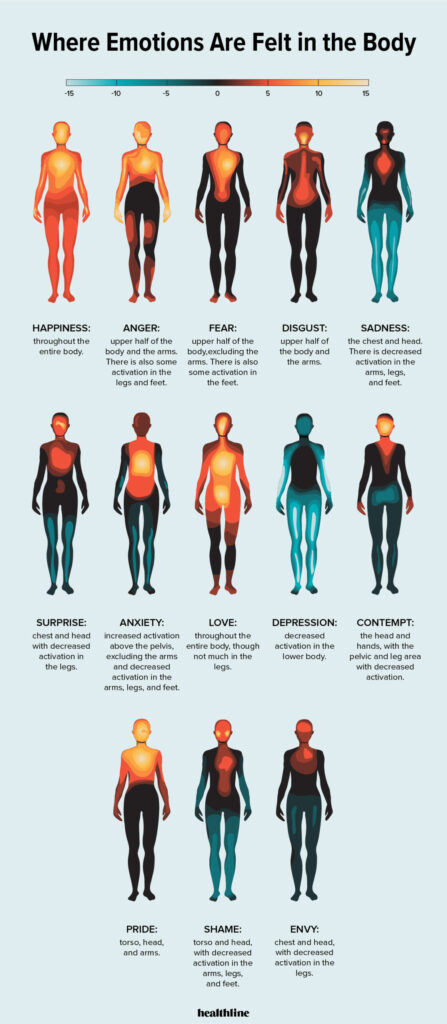In this article, we will discuss the question of whether or not you should shave before getting a massage. We understand that shaving can be a personal preference, but we want to provide you with some guidance to help you make an informed decision. Let’s delve into the topic and explore the factors you should consider.
When it comes to shaving before a massage, there is no right or wrong answer. Ultimately, it all depends on your comfort level. Some people find that freshly shaved skin enhances their massage experience, as it allows for better contact between the therapist’s hands and the body. On the other hand, others may feel self-conscious or uncomfortable if they have any stubble or razor bumps. It’s important to remember that massage therapists are professionals who have seen it all and are trained to make their clients feel at ease. So, whether you choose to shave or not, rest assured that your therapist will still be able to provide you with a wonderful massage experience.
Do You Shave Before A Massage?
At our blog, we are dedicated to providing insights and tips for massage enthusiasts. In this article, we will address the topic of whether or not you should shave before a massage. We will discuss the importance of hygiene in massage, considerations for both men and women, the influence of body hair on the massage experience, alternatives to shaving, the perspective of massage therapists, communication with your therapist, and creating a comfortable environment for your massage.
Importance of hygiene in massage
Maintaining good hygiene is crucial when receiving a massage. It not only shows respect for your massage therapist but also enhances the overall experience. By practicing proper hygiene, you can avoid any discomfort or embarrassment during your session. Before heading to your appointment, be sure to take a shower and clean your body thoroughly. This will help prepare your body for the massage and ensure a more pleasant experience for both you and the therapist.
Hygiene recommendations before a massage
To ensure hygiene, it is important to follow some simple recommendations before your massage session. These include ensuring that your hair is clean and dry, having trimmed nails, removing any excessive perfume or cologne, and avoiding heavy makeup. By following these guidelines, you will create a comfortable environment for both you and your therapist.
Shaving and Massage
Should you shave before a massage?
The decision to shave or not before a massage ultimately depends on your personal preferences. Some people prefer the feeling of smooth skin during a massage, while others find it more comfortable to keep their body hair intact. There is no right or wrong answer, as it is a matter of personal choice. However, considering a few factors can help you make an informed decision.
Benefits of shaving before a massage
Shaving before a massage can have its benefits. It may provide a smoother glide for the massage therapist, allowing them to apply various techniques more effectively. It can also enhance the sensation of touch, making the massage experience more enjoyable. Additionally, shaving can help you feel more confident and relaxed during your session, especially if you have concerns about body hair.
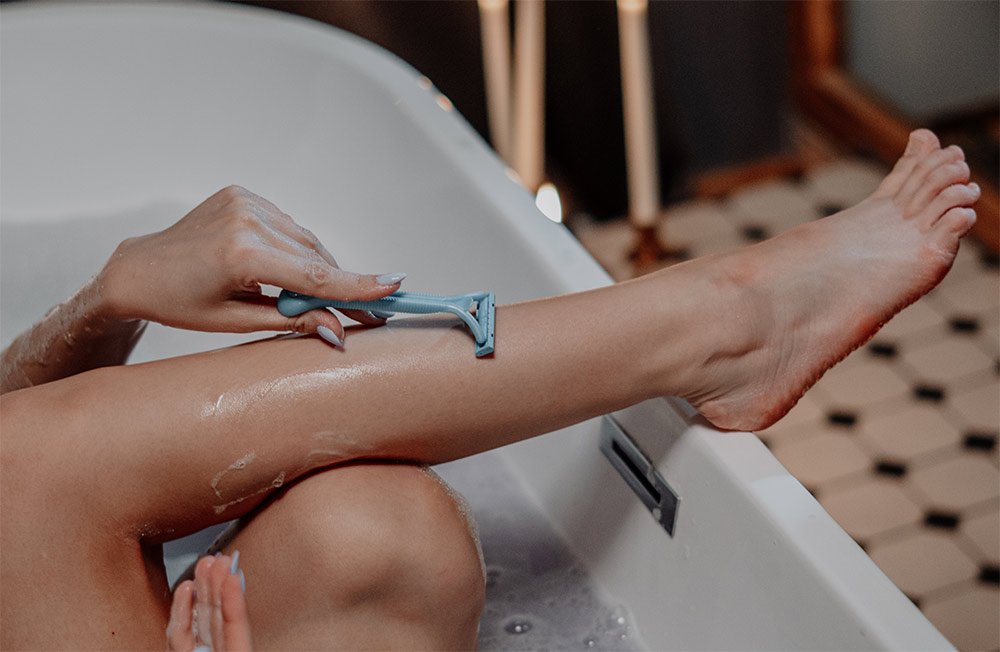
This image is property of www.champagneghost.com.
Considerations for Men
Men’s shaving preferences for massage
When it comes to shaving before a massage, men have their individual preferences. Some men may prefer a clean-shaven body, while others may opt to keep their facial hair or body hair untouched. There are no set rules, and it is entirely up to you to decide how you feel most comfortable.
Shaving tips for men before a massage
If you choose to shave before your massage, here are some tips to achieve a smooth and irritation-free result. Firstly, start by showering and cleaning your skin thoroughly. This will help soften the hair and make the shaving process easier. Use a high-quality shaving cream or gel and a sharp razor to minimize the risk of cuts or irritation. Remember to moisturize your skin after shaving to keep it hydrated and prevent any potential dryness or itchiness.
Considerations for Women
Women’s shaving preferences for massage
Women also have different preferences when it comes to shaving before a massage. Some women may prefer a completely smooth body, while others may feel more comfortable leaving certain areas untouched. It is essential to listen to your own body and make decisions based on what makes you feel the most relaxed and at ease.
Shaving tips for women before a massage
For women who choose to shave before their massage, there are a few tips to keep in mind. It is advisable to shave the day before or on the same day of your massage to ensure smooth, irritation-free skin. Exfoliate gently before shaving to remove any dead skin cells and ensure a closer shave. Use a quality razor and shaving cream to minimize the risk of cuts or razor burns. Lastly, moisturize your skin after shaving to maintain its softness and prevent any dryness or discomfort.
This image is property of i.vimeocdn.com.
Influence on Massage Experience
Effect of shaved or unshaved body on massage techniques
Whether you choose to shave or not, it is important to understand that body hair does not significantly affect the effectiveness of massage techniques. Skilled massage therapists are trained to adapt their techniques to work with different types of skin and body hair. You can rest assured that regardless of your shaving preferences, you will still receive a beneficial and enjoyable massage.
Communication with therapist regarding shaved or unshaved areas
If you have specific preferences for certain areas of your body, it is essential to communicate them with your massage therapist. They will ensure that they tailor their techniques accordingly, taking into consideration your comfort and boundaries. By having an open and honest conversation with your therapist, you can fully enjoy your massage experience.
Hair Removal Alternatives
Hair removal methods for massage
If shaving is not your preferred method of hair removal, there are several alternatives available. Waxing, sugaring, epilation, and hair removal creams are some options to consider. Each method has its pros and cons, and it is important to find one that suits your needs and preferences.
Pros and cons of different hair removal techniques
Waxing and sugaring offer longer-lasting results, as they remove hair from the root. However, they may also be more painful and require some regrowth before your next massage. Epilation can be a good option for those seeking long-lasting hair removal, but it may cause discomfort during the process. Hair removal creams provide a painless alternative, but they may not be as long-lasting as other methods. Consider these factors and choose the method that aligns with your preferences and comfort level.
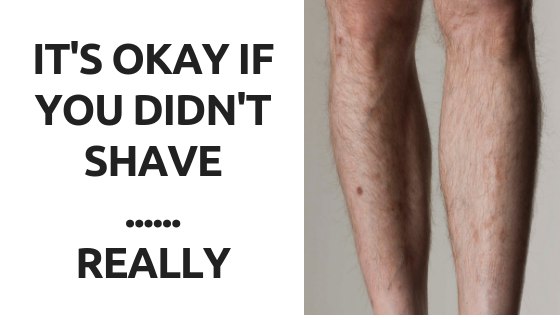
This image is property of images.squarespace-cdn.com.
Massage Therapist’s Perspective
Massage therapist’s view on shaved or unshaved body
From a massage therapist’s perspective, the presence or absence of body hair does not affect their ability to provide a quality massage. They are trained to work with different types of bodies and adjust their techniques accordingly. Ultimately, your therapist’s focus is on your well-being and ensuring that you have a relaxing and rejuvenating experience.
Adjustments in technique based on body hair
Experienced massage therapists may make slight adjustments in their technique based on the presence or absence of body hair. For example, on shaved areas, they may use longer strokes or deeper pressure, while on unshaved areas, they may use lighter pressure or shorter strokes. These adjustments are made to ensure maximum comfort and optimize the benefits of the massage.
Communication with Massage Therapist
Discussing preferences with the massage therapist
It is essential to communicate your preferences and concerns with your massage therapist before and during your session. They are professionals who are trained to listen and accommodate your needs. By openly discussing your preferences, you can ensure that you receive a customized and enjoyable massage experience.
Addressing concerns or insecurities
If you have any concerns or insecurities regarding body hair or any other aspect of the massage, feel free to share them with your therapist. Remember that they have likely encountered similar concerns before and are there to provide a safe and comfortable experience. By addressing any worries, you can relax and fully benefit from your massage.

This image is property of static.wixstatic.com.
Creating a Comfortable Environment
Ensuring comfort during the massage
Creating a comfortable environment is essential for a successful massage session. Your therapist will provide a clean and tranquil space for your massage. Ensure that you communicate if anything feels uncomfortable during the session, such as the temperature, lighting, or pressure. Your comfort is a priority, and your therapist will make adjustments accordingly.
Creating a safe space for clients
Massage therapists are dedicated to creating a safe and judgment-free space for their clients. They understand that each individual is unique and has their own personal preferences and comfort levels. You can trust that your therapist will respect your boundaries and provide you with a safe and secure environment for your massage.
Conclusion
In conclusion, whether you choose to shave or not before a massage is entirely up to you. There are no right or wrong answers, as it is a personal decision influenced by individual preferences. The important thing is to prioritize good hygiene and communication with your massage therapist. By following proper hygiene practices, discussing your preferences openly, and creating a comfortable environment, you can ensure a relaxing and enjoyable massage experience. So, the next time you schedule a massage, take a moment to consider your shaving preferences and approach your session confidently, knowing that your individual needs will be respected and catered to.

This image is property of foryourmassageneeds.com.

